In the first growing world of digital marketing being equipped with demand sight platforms (DSPs) have become so important for the business in the evening to conquer the top place in the market. Now that consumers are Empowered with all the intellect to see through the market, marketers can no longer be dependent solely on the traditional marketing strategies.
What is Deman Side Platform (DSP)
This article tries to decode all the details of DSP including the significance, functionality, choosing the right type and impact on the marketing decision making.
Introduction
DSP is a key part of the programmatic advertising ecosystem which facilitates the relationship between the advertisers and publishers. It assists the advertisers in assessing the impressions of views to drive traffic and the publishers to monetize their head space effectively.
The demand side platform market is expected to grow from USD 25.54 billions in 2023 to USD 114.51 billion by 2030 according to Fortune business insights.
Significance of Demand Side Platforms
- Target audience– DSP allows advertisers to target specific views of the ads based on various demography of the interests, behaviors and contextual relevance of such audiences. And additionally advertisers can target uses according to geographical locations enabling them to attune their substance for diverse preferences.
- Elevated engagement – By supporting Dynamic Creative Optimisation (DCO) advertisers can deliver personalized and relevant ads to individuals based on their preferences. This is done to enhance the engagement and increase the conversion rates.
- Predefined Budgeting- when advertisers have a feature to allocate their budgeting on daily weekly on monthly basis they can ensure their budget does not exceed over the predefined limit objective of the ad campaign defines the limit that advertisers are willing to pay.
- Access to a vast network of ad inventory- DSPs extend the reach of advertisers to their target audience across multiple touchpoints, maximizing the exposure of their ads. Whether targeting niche markets or broad demographics, advertisers can reach a vast audience and drive significant exposure for their ads.
- Real time analytics- DSPs provide advertisers with real-time monitoring and analysis, allowing Advertisers monitor multiple channels and adjusting strategies on-the-go. Dynamic optimization ensures adaptability to market changes, driving continuous improvement.
- Campaign Optimisation- DSPs optimize campaigns through real-time monitoring, data analysis, and audience segmentation. Advertisers conduct A/B testing (comparing a webpage against another) and multivariate testing (testing multiple variables to determine the most effective combination) to refine creatives and targeting parameters, increasing engagement. Bid optimization algorithms maximize ad spend efficiency based on goals and budgets. Creative tools test ad formats for better performance, ensuring better results.
- Enhanced Reach- Enhanced reach in DSPs is facilitated by access to a vast network of digital advertising inventory across multiple channels and platforms. Advertisers can reach a broader audience at scale, targeting various touch points such as websites, mobile apps, social media platforms, and video streaming services allowing advertisers to connect with their target audience effectively.
- Personalized advertising- Enabling personalized advertising through data targeting and real-time bidding, DSP allows advertisers to reach specific audiences effectively. Dynamic creatives customize content to users, boosting engagement. Analytics track and optimize campaigns, ensuring effectiveness. DSPs empower advertisers to deliver personalized ads at scale, driving engagement and conversion.
How DSPs work-
- Ad inventory compilation- DSPs compile ad space from various sources like websites, apps, networks, and exchanges through integrations and APIs. DSPs evaluate ad inventory quality to match advertisers with suitable opportunities, ensuring effective audience targeting. This dynamic process enables advertisers to reach their audience across digital channels efficiently.
- Fragmenting the audience- Audience fragmentation in DSPs involves segmenting target audiences into smaller, specific groups based on demographics, interests, and behavior. DSPs refine audience segments to align with campaign objectives. This customization approach allows advertisers to deliver personalized messages to different audience groups, maximizing engagement and conversion rates.
- Real time Bidding- In DSP real-time bidding (RTB), ad space becomes available when a user visits a site or app. The DSP quickly assesses if it matches an advertiser’s criteria and bids for it. The highest bidder wins instantly, and the ad is displayed to the user. This swift process ensures precise audience targeting and efficient ad delivery.
- Bid Optimisation- Through continuous evaluation of ad placement and audience engagement, DSPs ensure efficient allocation of ad spend and optimal ROI. This iterative approach enables advertisers to target high-value audiences effectively and maximize the impact of their advertising efforts.
- Placing the Ads campaign- When a user interacts with a publisher’s site or app, the DSP swiftly receives data about available ad space in real-time. Utilizing advanced algorithms, the DSP assesses this ad space based on factors such as audience demographics, context, and campaign objectives. If the ad space aligns with an advertiser’s target audience and campaign parameters, the DSP submits a bid for the ad impression. The highest bidder prevails in the auction, and their ad is promptly displayed to the user.
- Monitoring ad campaignsReal-time- analytics enable tracking of key performance indicators like impressions, clicks, and conversions. Advertisers adjust strategies based on performance insights and may use automated optimization features. This process maximizes campaign effectiveness and efficiency.
- Multi channel attribution- Using advanced algorithms, DSPs attribute value to each touchpoint along the customer journey, considering factors like ad impressions, clicks, and conversions from various sources. This process helps advertisers optimize marketing efforts and improve campaign performance across multiple channels within the DSP platform.
Best Demand Side Platforms-
- Amazon DSP- Advertisers set up campaigns with objectives, targeting, and budget in Amazon DSP. They target audiences based on demographics and behaviors. Ads are placed through real-time auctions. Advertisers can monitor and optimize campaigns in real-time. Detailed reporting provides insights for future improvements. Overall, it’s a powerful tool for targeted advertising.
- AppNexus- AppNexus, owned by Microsoft, provides customizable ad formats, transparency in ad placement, brand safety measures, and access to premium publishers. Its user-friendly interface and API integration options make it a preferred choice for advertisers and publishers looking to maximize their digital advertising efforts.
- Google Display and Video 360- Google Display & Video 360 (DV360) offers access to a vast inventory of ad placements across Google’s Display Network, YouTube, and other partner sites. It provides advanced targeting options, including audience segmentation and contextual targeting. DV360 also incorporates real-time bidding auctions and sophisticated optimization algorithms to maximize campaign performance.
- Adobe Advertising Cloud- Adobe Advertising Cloud offers advanced features such as dynamic creative optimization and AI-powered predictive analytics to enhance campaign performance. Adobe Advertising Cloud also offers a comprehensive suite of advertising solutions, including cross-channel ad buying, campaign management, audience targeting, and analytics.
- Facebook Ads Manager- Facebook Ads Manager simplifies ad creation with various formats like images, videos, and carousels. Its precise targeting reaches specific audiences based on demographics and interests. Advertisers control budgets and scheduling for efficient spending. Ad placements cover Facebook, Instagram, Audience Network, and Messenger.
- The Trade Desk- The Trade Desk serves as a Demand Side Platform (DSP) enabling media inventory purchases across multiple channels such as display, video, audio, and connected TV. It caters to advertisers and agencies seeking a centralized solution to manage their programmatic ad campaigns efficiently.
There are many more Demand Side Platforms that you can choose according to your objectives.
Future of DSPs-
DSP market was valued at $21 billion in 2022 and is set to be $228.4 billion by 2032 with a growing cagr of 27.3%, as said by Play wire.
We can expect demand-side platforms (DSPs) to become smarter, offering advertisers better ways to target their audience, analyze data, and automate processes, through AI and machine learning, and improved cross-channel integration. Furthermore, the future of DSPs may involve the integration of blockchain technology to enhance transparency and security within the digital advertising ecosystem.
Conclusion-
As the marketing strategies evolved DSP became a prominent part of ad campaigns. With it we can target the right audience according to their preferences. Advertisers can bid for the ad inventory matching to their business objectives. This platform not only helps the business put their products or services on display but also allows them to keep track record of their ad campaigns so that they can optimize their resources effectively and enhance conversion rates.

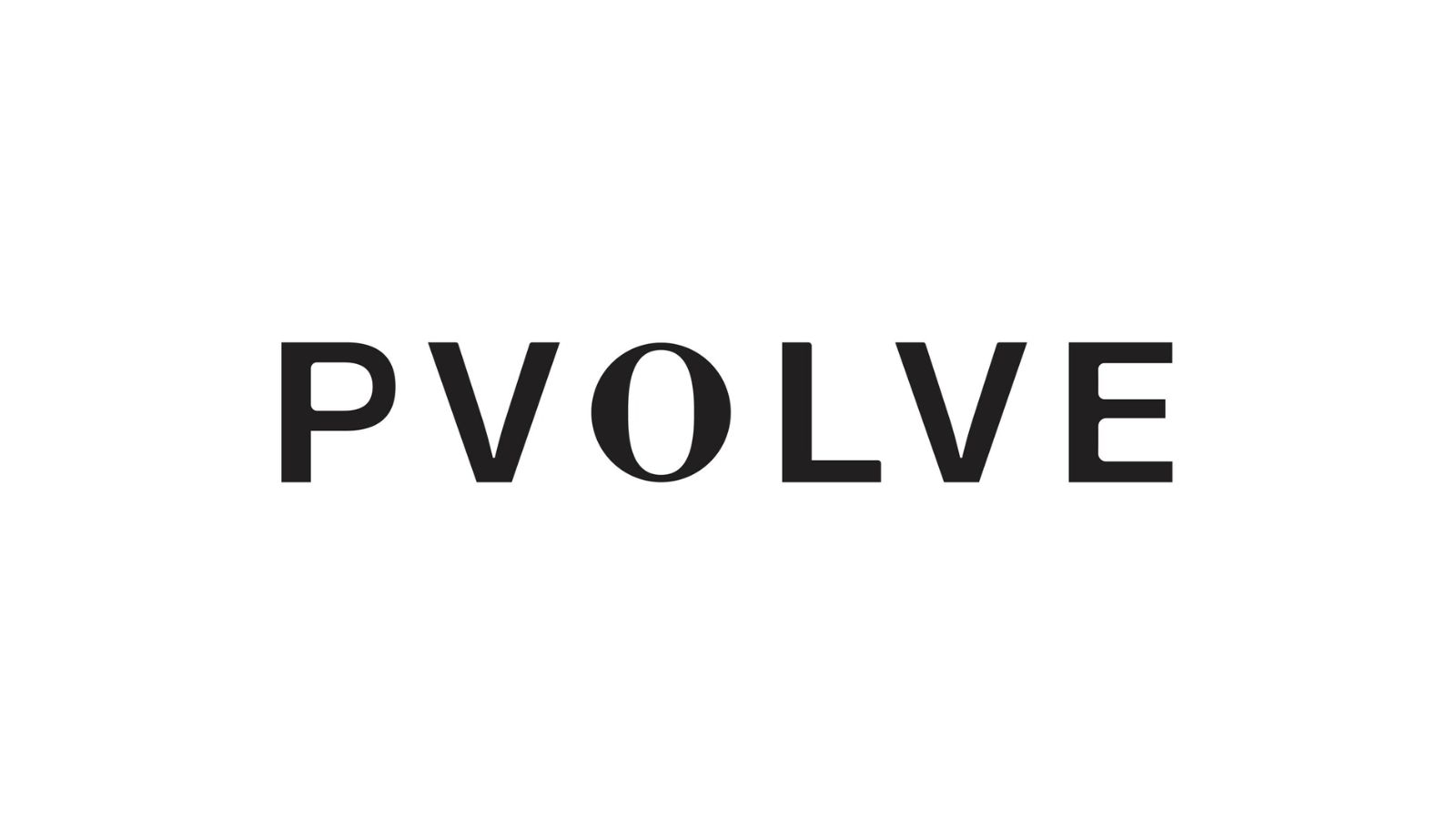

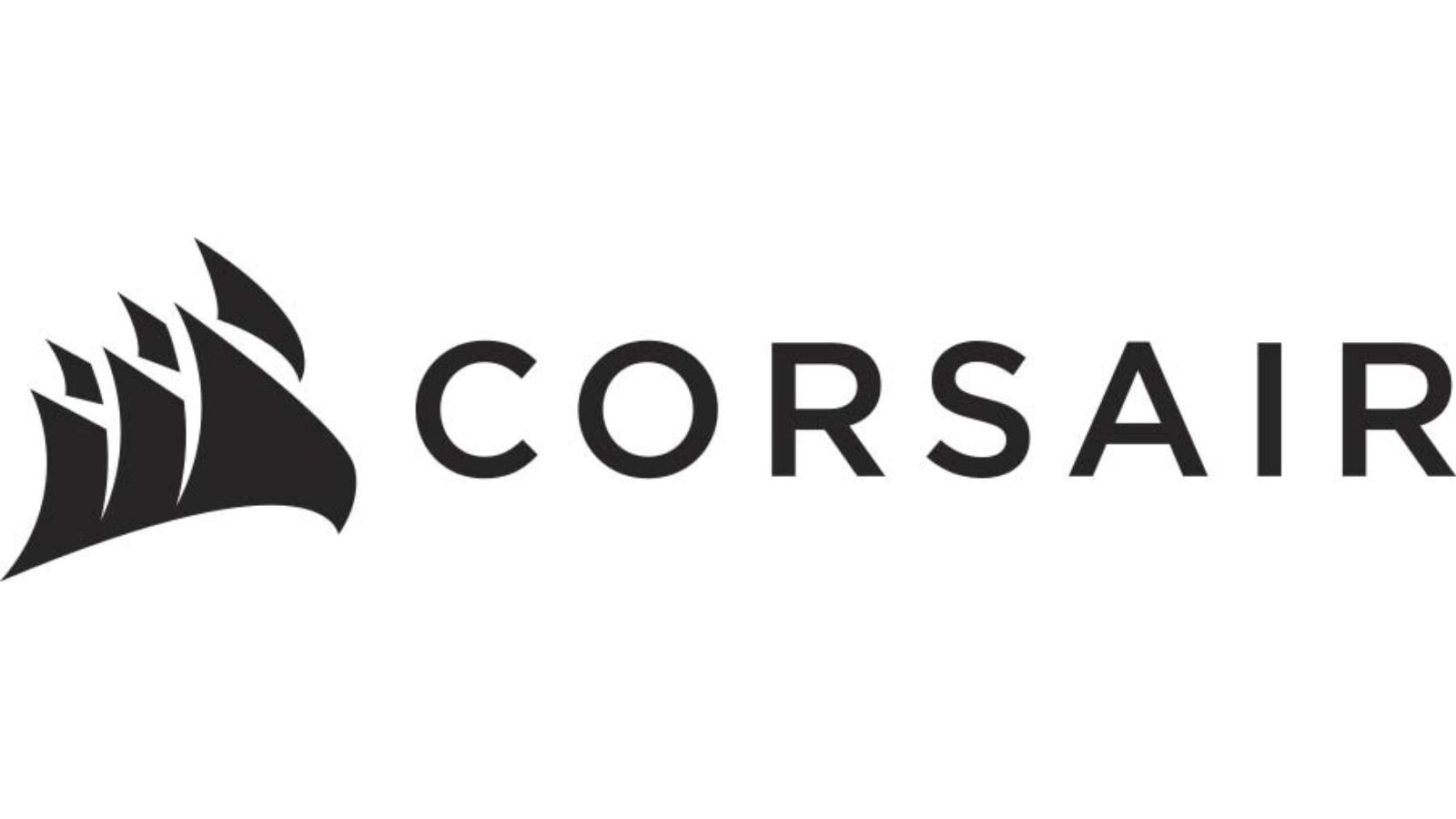
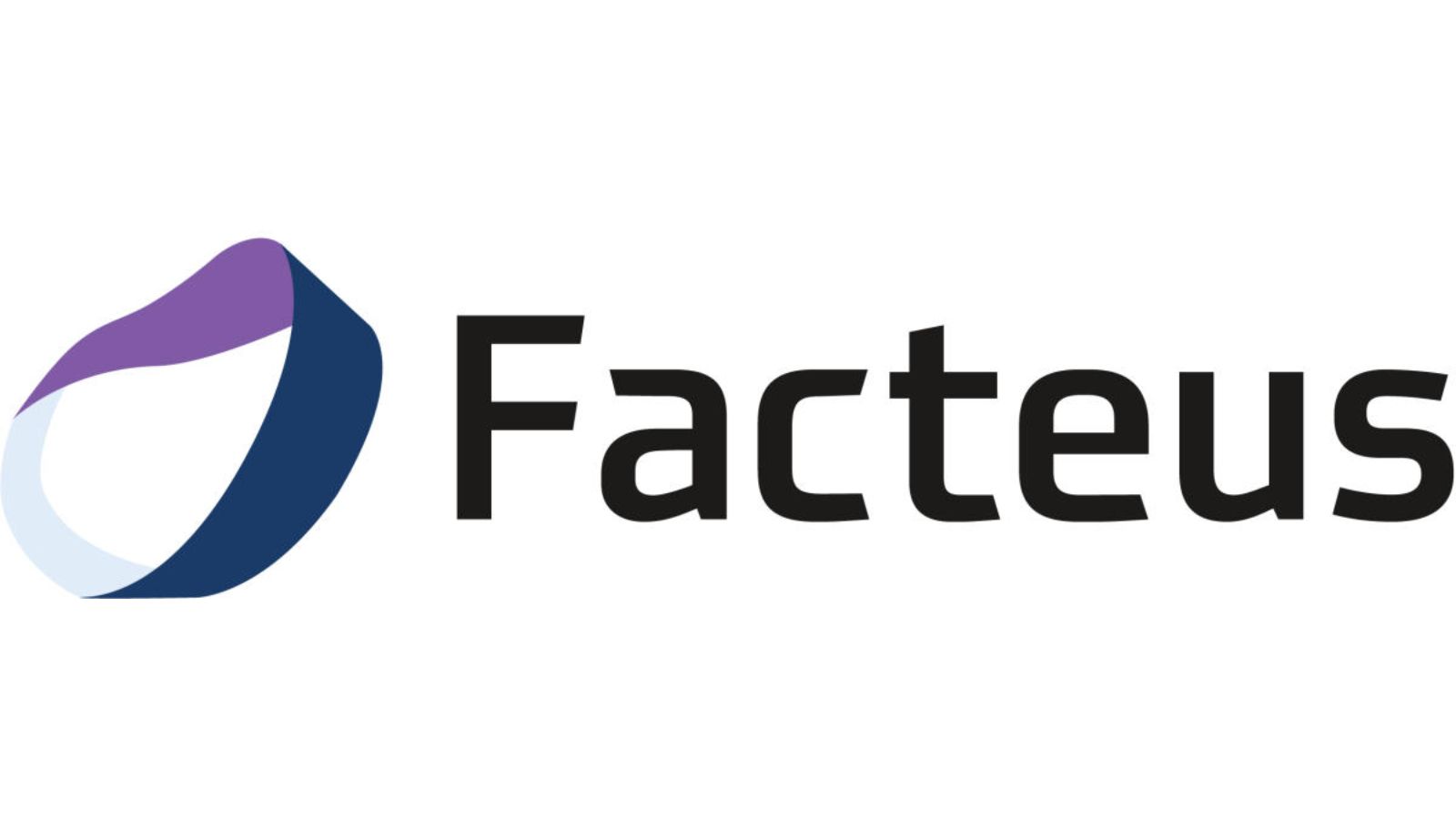



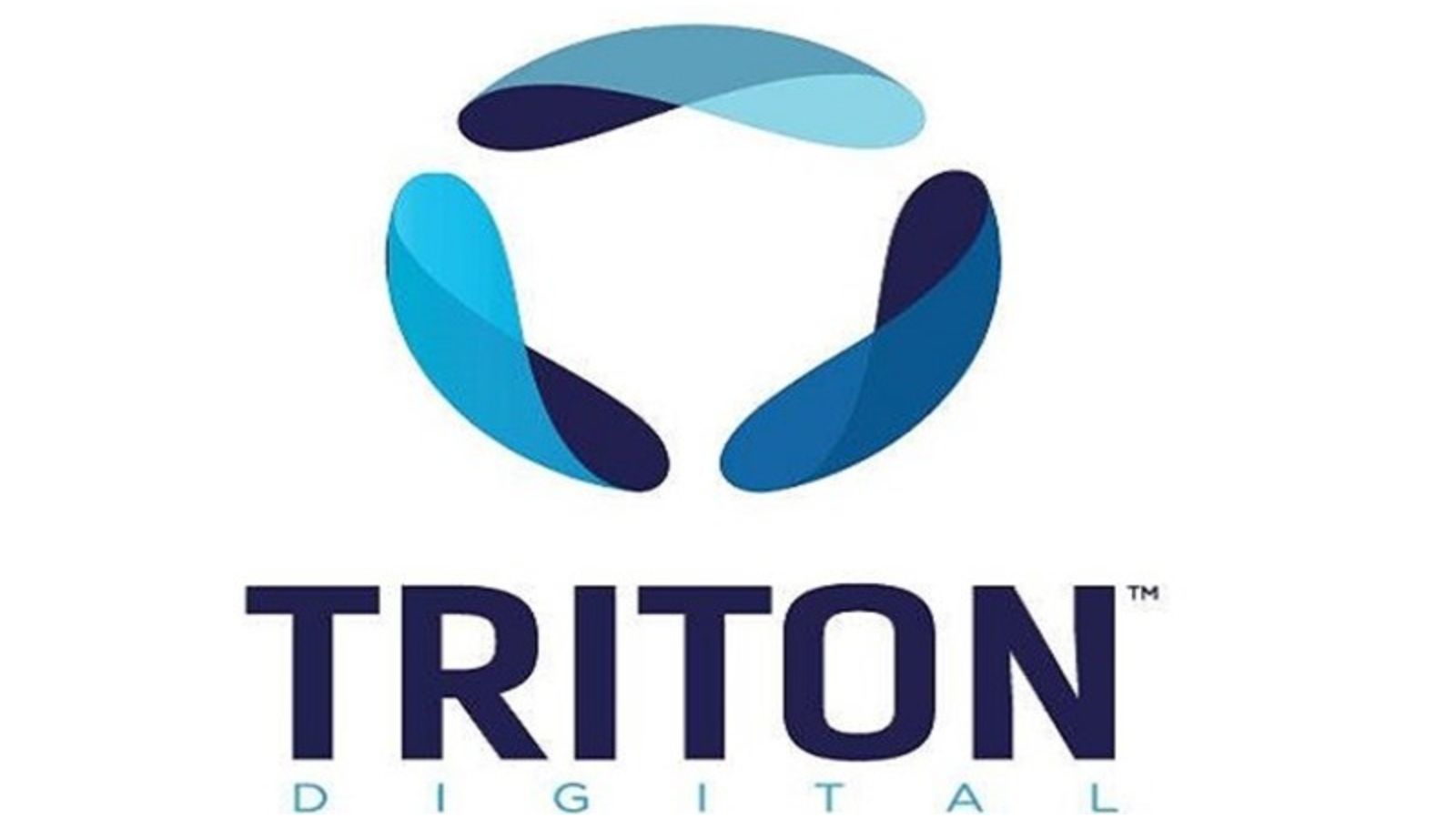
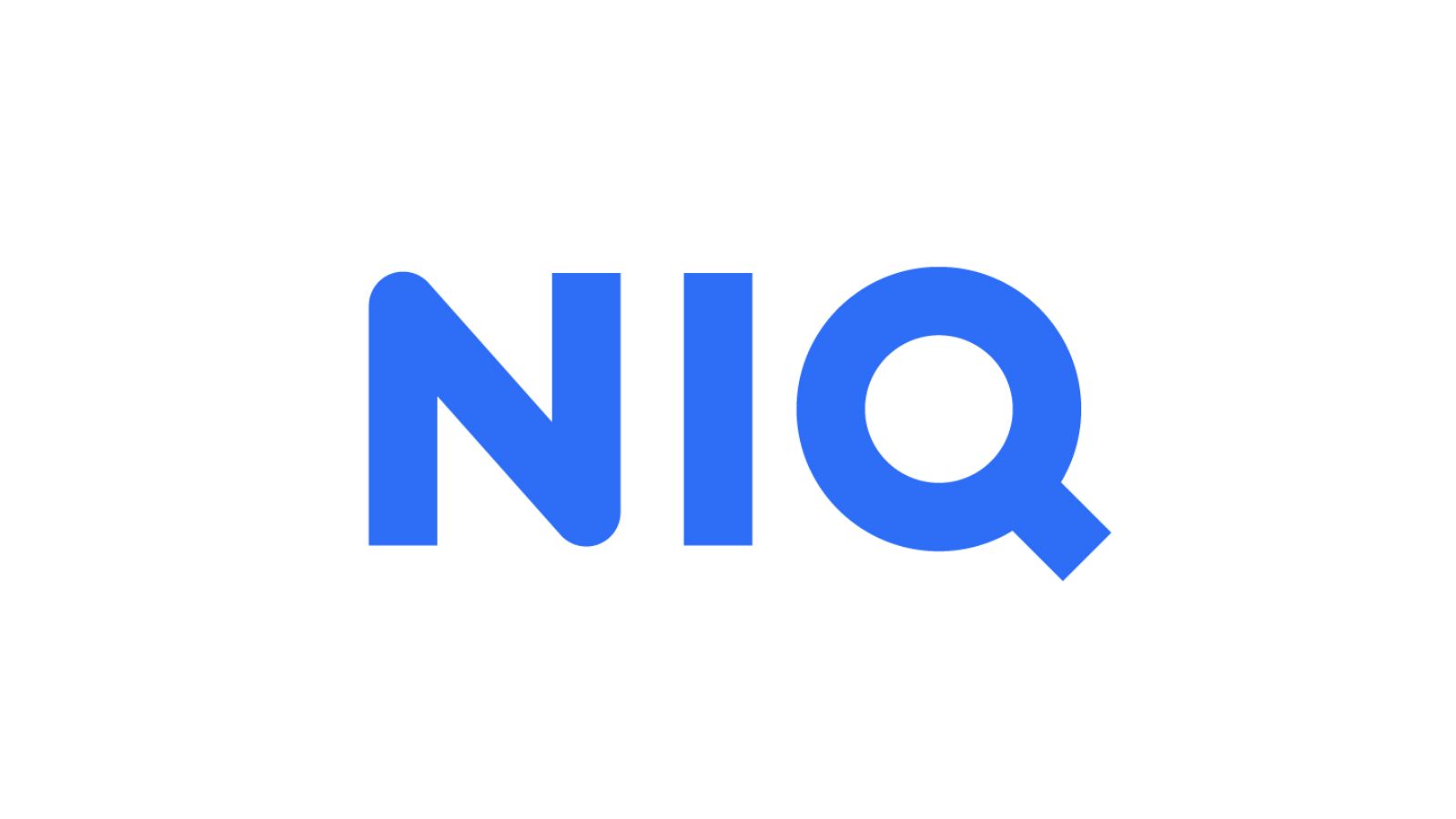
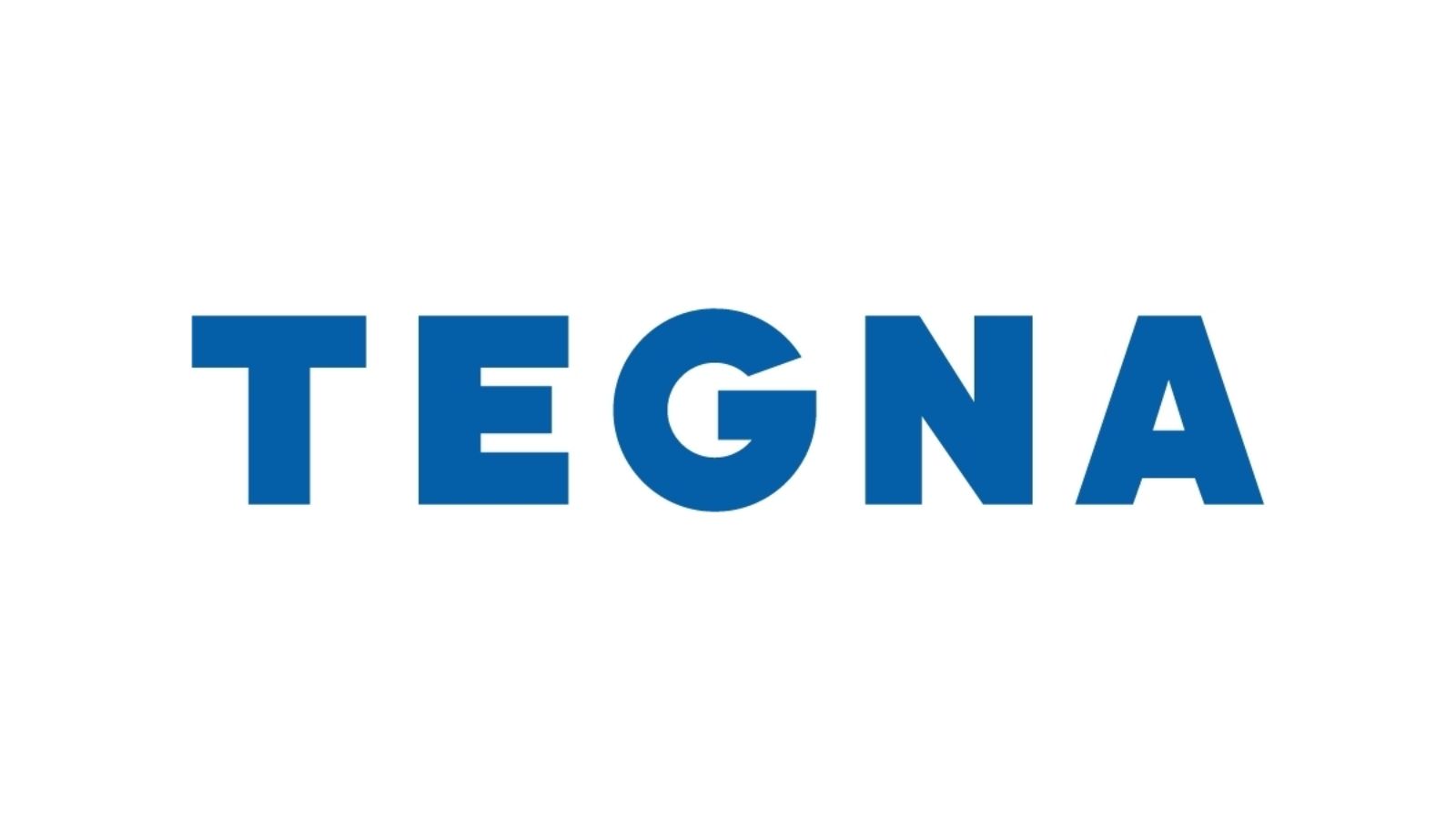
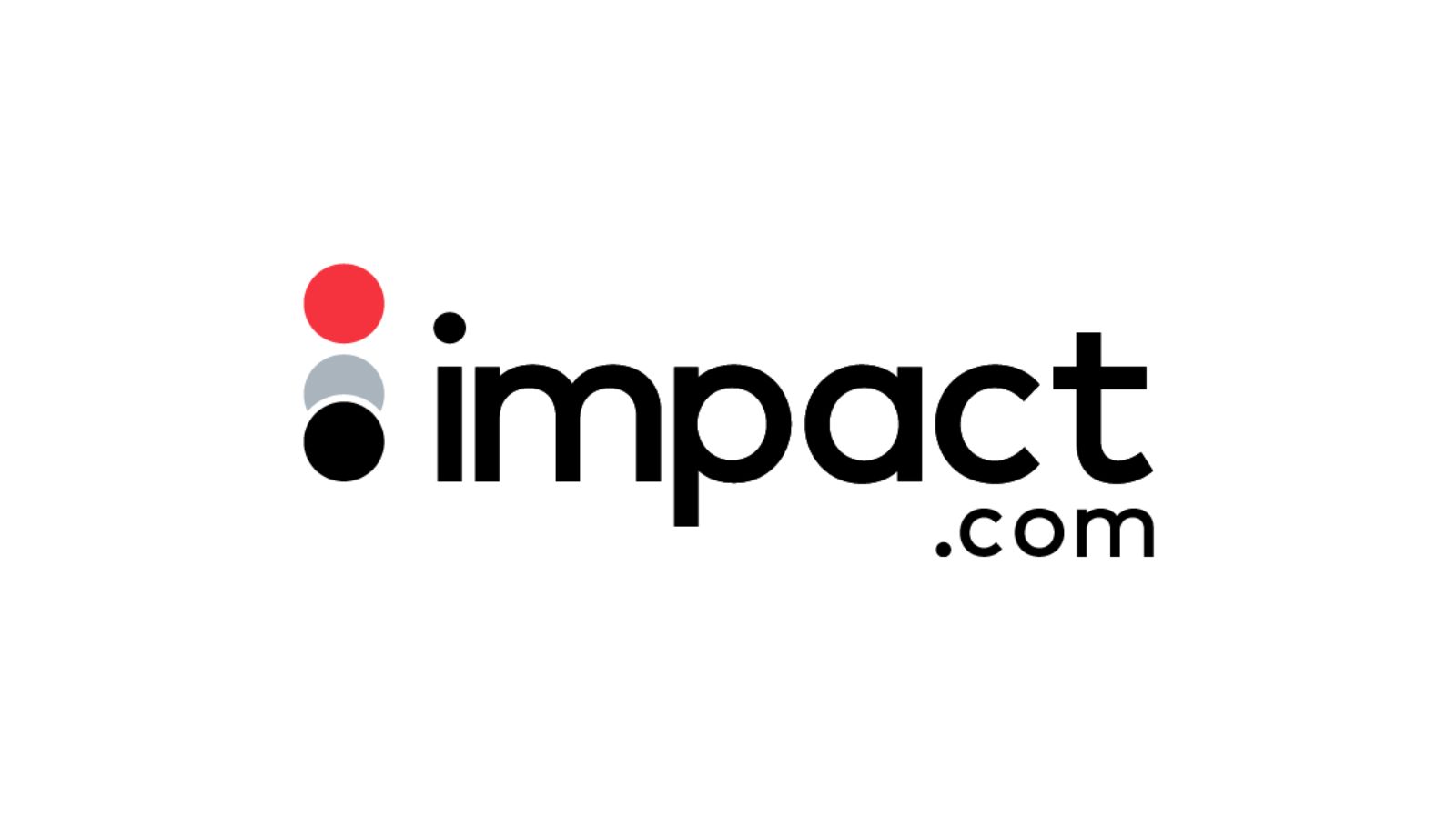
Leave a Reply